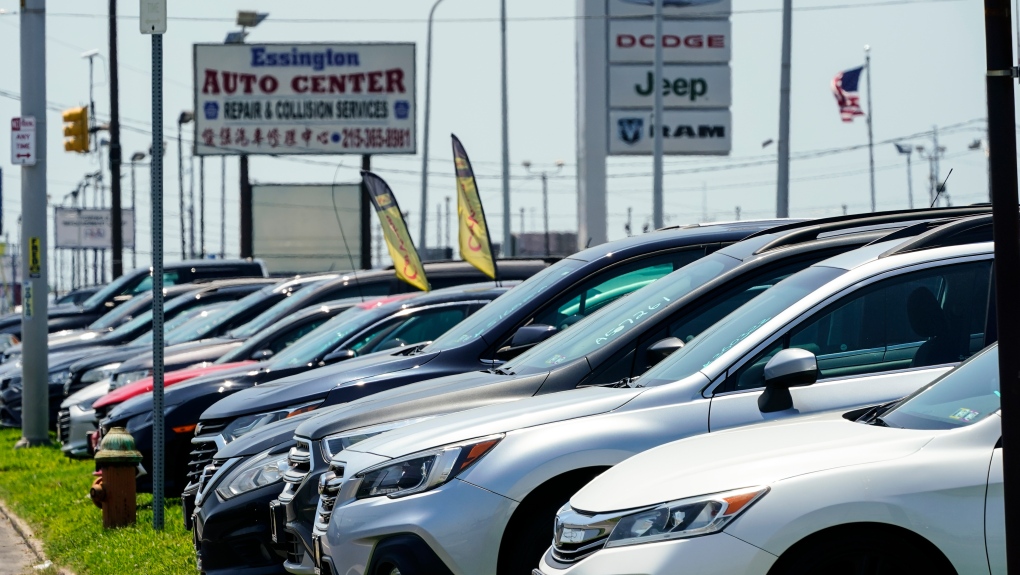
Well, it was nice while it lasted.
For nearly a year, the average used vehicle in the United States had been edging toward affordable again for millions of people. The relief felt belated and relatively slight, but it was welcome nonetheless.
From an eye-watering peak of US$31,400 in April of last year, the average price had dropped 14 per cent to $27,125 early this month.
Now, with the supply of used vehicles failing to keep up with robust demand, prices are creeping up again, with signs pointing to further increases ahead. So many buyers have been priced out of the new-car market that fewer trade-ins are landing on dealer lots. Deepening the shortage, fewer used vehicles are coming off leases or being off-loaded by rental car companies.
Average list prices for used cars have edged up by about US$700 in the past month, and Alex Yurchenko, chief data officer for Black Book, which tracks prices, expects them to keep rising at least into summer.
“If you have to buy a used vehicle,” he suggested, “right now would be a good time.”
Pete Catalano, a dealer in Independence, Missouri, near Kansas City, has been struggling to get his hands on enough affordably priced cars. Typically, Catalano and his daughter, who co-own Stadium Auto, would have about 50 vehicles on their used-car lot near Arrowhead Stadium. They now have only about half as many. Some of their rival dealers, Catalano said, enjoy a competitive advantage because they can afford to offer financing to buyers with poor credit.
Squeezed by higher prices for gasoline, groceries and utilities, many of Catalano’s customers can’t afford either new or late-model used vehicles. Some would-be buyers he knows are using tax refunds just to make ends meet instead of buying a needed car.
“A used inexpensive car is now becoming more and more of a luxury,” Catalano said. “What the market wants right now is not available, and that’s $3,000, $4,000 and $5,000 cars.”
Behind the vehicle shortage and inflated prices is simple supply and demand. Much of the problem stems from the surging prices of new cars. In February, according to Edmunds, the average new vehicle in the United States sold for nearly US$48,000 — beyond the reach of many consumers.
Though the supply of new vehicles has inched up, they remain relatively scarce and expensive. Automakers still lack sufficient computer chips to produce enough vehicles to meet demand, a lingering consequence of pandemic-related supply shortages. Sales of new vehicles last year were about 3 million below normal levels. Fewer new-car sales mean fewer trade-ins, which mean fewer used vehicles for sale.
With used prices rising again, analysts say buyers who can afford to do so should buy soon. Auto loan rates may continue rising this year as the Federal Reserve keeps raising interest rates.
On used lots these days, bargains are hard to find. Even after accounting for the price drops of the past year, the average used vehicle remains about 35 per cent above where it was before the pandemic erupted three years ago. At that time, the average price was US$20,425.
Once the government sent stimulus checks to most American households, demand for autos rose as many people spent their money. As they did, the supply of used vehicles fell and prices surged. By early last year, the average used-vehicle price was more than 50 per cent above its pre-pandemic point.
Worsening the shortfall was a scarcity of affordable new vehicles. Automakers were using their tight supply of computer chips to build pricier and more profitable SUVs and pickups. They built fewer affordable new models — a trend that sent more buyers to used-car lots. The result was increased demand and higher prices for used vehicles.
All of which left people like Carol Rice struggling to find a decent affordable used vehicle. Rice, 65, endured a long period of frustration while shopping for a used small pickup for her farm near Carbondale, Kansas. For six months, she found little.
“I’m retired, and I can’t afford to buy a new vehicle,” she said. “There weren’t that many used vehicles, and if there were used vehicles, they were quite expensive.”
Last month, she finally found a 2003 Ford Ranger on Catalano’s website that she liked and could afford. She bought it for US$7,700. Though it’s 20 years old and has 140,000 miles on it, the Ranger is in solid condition and has the all-wheel-drive that Rice wanted.
“It was a good-looking vehicle, and the price was right,” she said.
In the immediate future, few analysts expect price declines for used vehicles. Catalano doesn’t foresee any sustained price drops for perhaps the next year or two.
Others say it’s hard to predict. Amy Gieffers, a senior vice president at Vroom, an online auto buying site, notes that some market forces could continue to keep supply down and prices up: Fewer trade-ins, less leasing, lower fleet sales by rental car companies.
On the other hand, she says, more expensive vehicles and higher loan rates could depress buyer demand. Eventually, dealers might be forced to cut prices.
“It’s really complex right now,” she said, “because you have some competing forces.”
Both Yurchenko of Black Book and Charlie Chesbrough, a senior economist at Cox Automotive, say they expect used-vehicle prices to rise through summer before easing slightly as part of a normal late-year depreciation cycle.
At the start of this year, Chesbrough said, he thought higher loan rates would chase away buyers from both the new and used markets. Instead, robust demand from affluent buyers for pricey late-model used vehicles has strengthened sales in the United States.
Many of these buyers are paying cash to avoid higher interest rates. Edmunds.com says the average loan rate on a used vehicle is now 11.3 per cent, up from 8.1 per cent when the Fed started raising rates a year ago.
Because demand is intense and vehicle supplies short, Chesbrough doesn’t foresee sales dropping even if the economy were to slide into a recession. Though many buyers with lower credit scores have left the market, sales remain solid.
With used-car inventories likely to remain crimped for the foreseeable future, Chesbrough doesn’t expect prices to ever fall back to near their pre-pandemic levels
“We just haven’t been creating enough personal transportation in the last couple of years,” Chesbrough said.
Press, T. A., & Krisher, T. (2023, March 30). Used car prices are surging. here’s Why you should buy now. CTVNews. Retrieved April 26, 2023, from https://www.ctvnews.ca/business/used-car-prices-are-surging-here-s-why-you-should-buy-now-1.6335827

 The Canadian used wholesale auto market was down -0.29%, according to Canadian Black Book. The 2017-2019 average was -0.23%. The Canadian wholesale market for used cars declined, down -0.33%, and trucks were also down more from last week at -0.25%.
The Canadian used wholesale auto market was down -0.29%, according to Canadian Black Book. The 2017-2019 average was -0.23%. The Canadian wholesale market for used cars declined, down -0.33%, and trucks were also down more from last week at -0.25%.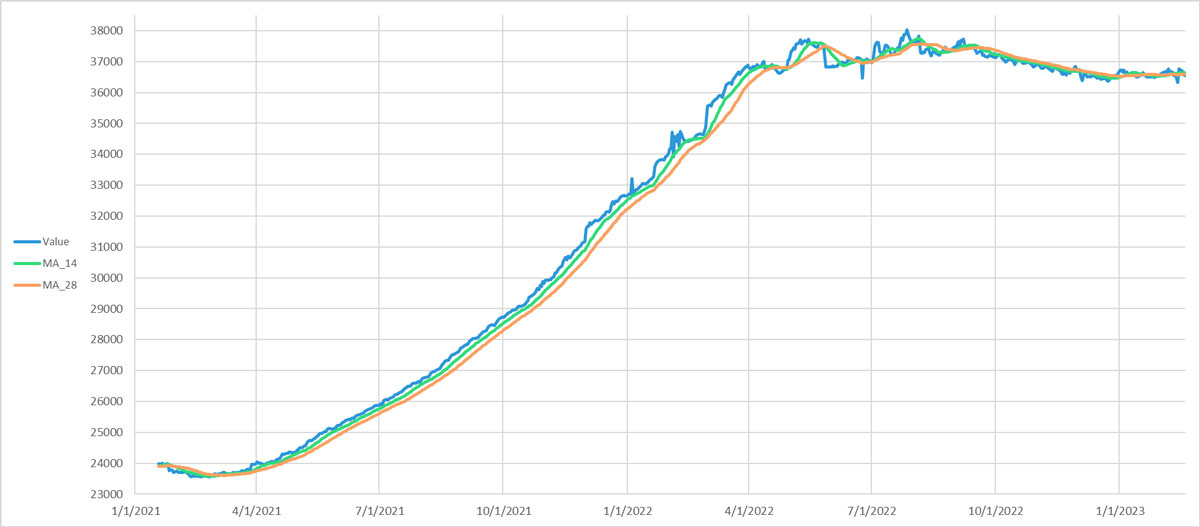
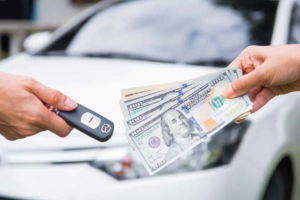 An Ontario woman says she lost a $2,000 deposit after she bought a used car and then changed her mind.
An Ontario woman says she lost a $2,000 deposit after she bought a used car and then changed her mind.
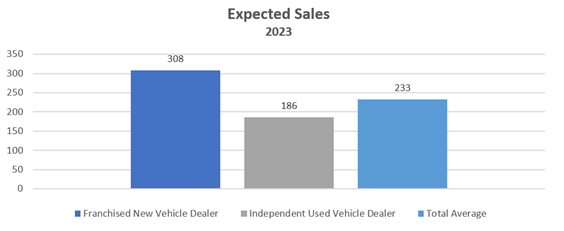
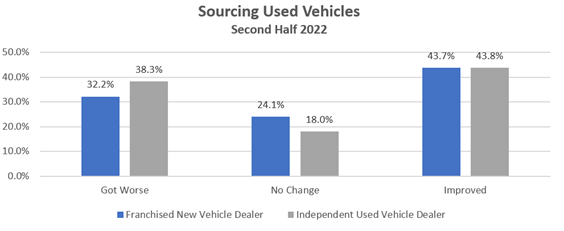

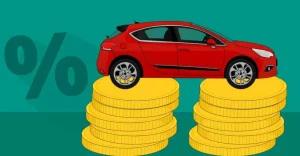
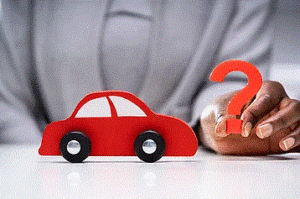 Finding affordable and quality vehicles has been difficult for the last couple of years — be it due to semi-conductor shortages or supply chain issues — and according to some industry experts, the
Finding affordable and quality vehicles has been difficult for the last couple of years — be it due to semi-conductor shortages or supply chain issues — and according to some industry experts, the 



 An employee looks at a Volkswagen Beetle car during a ceremony marking the end of production of VW Beetle cars. VW Beetles ranked at the top of the Canadian Black Book’s 2022 Best Retained Value Awards. The fact Beetle was recently discontinued has made it a hot commodity. IMELDA MEDINA/REUTERS
An employee looks at a Volkswagen Beetle car during a ceremony marking the end of production of VW Beetle cars. VW Beetles ranked at the top of the Canadian Black Book’s 2022 Best Retained Value Awards. The fact Beetle was recently discontinued has made it a hot commodity. IMELDA MEDINA/REUTERS